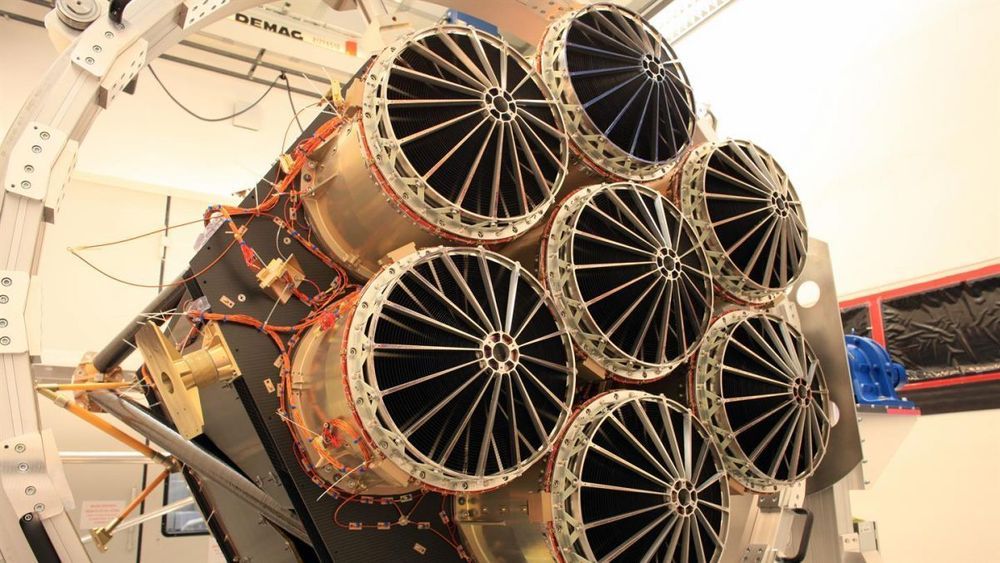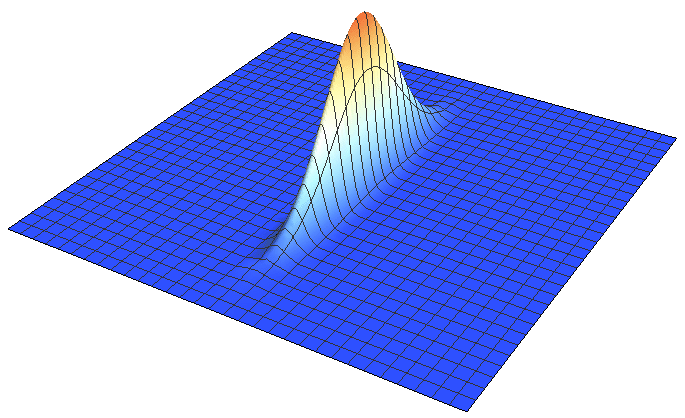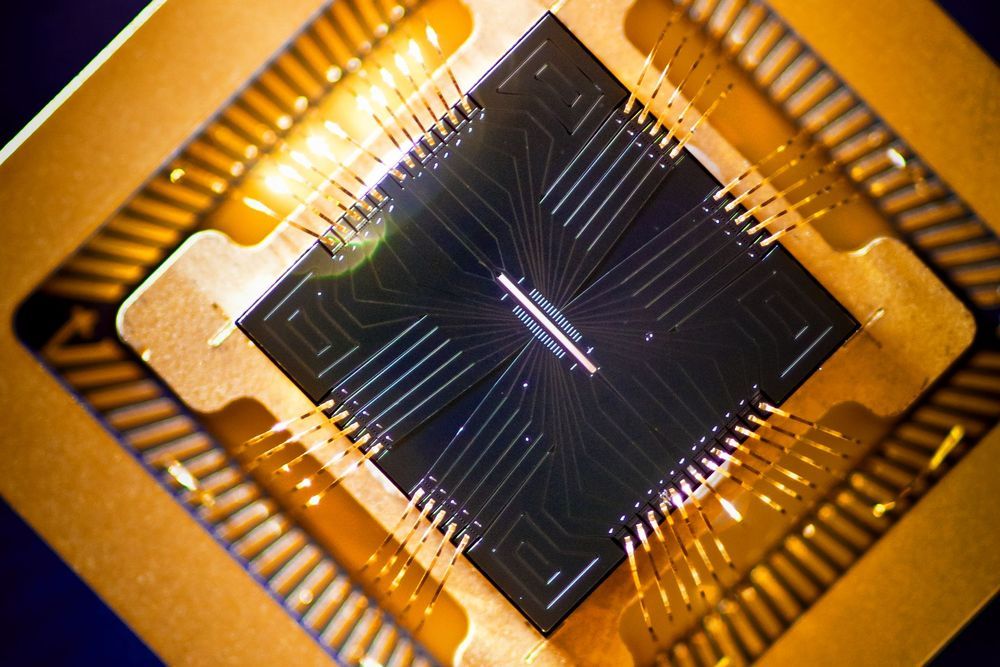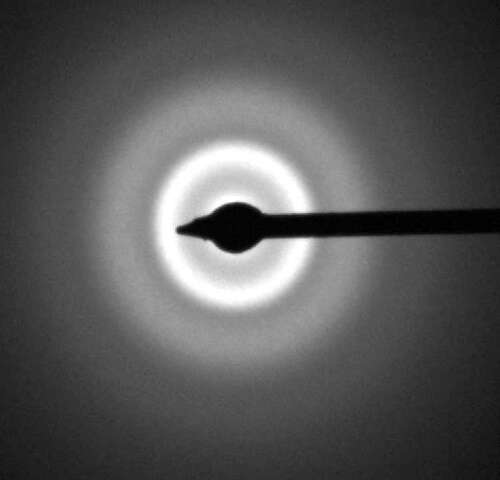NASA wants to put humans back on the Moon’s surface by 2024. Now these companies are scrambling to design spacecraft no engineer has built in 50 years.





Gamma waves are associated with large-scale coordinated activities like perception, meditation or focused consciousness; beta with maximum brain activity or arousal; and theta with relaxation or daydreaming. These three wave types work together to produce, or at least facilitate, various types of human consciousness, according to Fries. But the exact relationship between electrical brain waves and consciousness is still very much up for debate.
Fries calls his concept “communication through coherence.” For him, it’s all about neuronal synchronization. Synchronization, in terms of shared electrical oscillation rates, allows for smooth communication between neurons and groups of neurons. Without this kind of synchronized coherence, inputs arrive at random phases of the neuron excitability cycle and are ineffective, or at least much less effective, in communication.





A team of researchers from the University of Glasgow, the University of Strathclyde and Hobart and William Smith Colleges has developed a new coating for mirrors used on gravity detectors that is 25 times less noisy than mirror surfaces used on LIGO. In their paper published in the journal Physical Review Letters, the group describes how they made it and how well it performed during testing.
The mirrors used in gravity wave detectors are positioned at the ends of its arms. Coherent light rays are reflected from both mirrors and interfere with each other. Gravitational waves are measured by noting how much the mirrors shift, resulting in slight changes in length of the arms to which they are attached, to an accuracy of 10–16 cm. As impressive as that is, researchers want to improve the sensitivity of the detectors used at LIGO/Virgo, even after the recent upgrade.
To that end, members of the European Union have begun developing plans for the construction of what the Einstein Telescope, a gravitational wave detector with sensitivity 100 times higher than LIGO/Virgo. But for that to happen, improvements in the design of the current interferometer are required. One of those improvements is reducing the amount of thermal fluctuations in the mirror coatings. In this new effort, the researchers claim to have done just that.

The Nobel Museum in Stockholm has been gifted Albert Einstein’s first paper published after he received the Nobel Prize in 1922 and discussing his then still controversial relativity theory.
Swedish businessman Per Taube bought the handwritten two-page document at an auction for 1.2 million krona (110,000 euros) in December last year.
He has now made good on his promise to gift the manuscript to the Nobel Museum, which will put it on display in a glass frame this autumn.